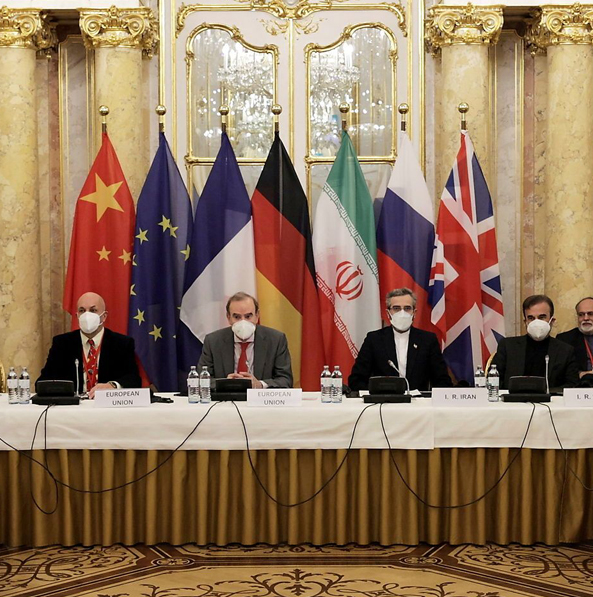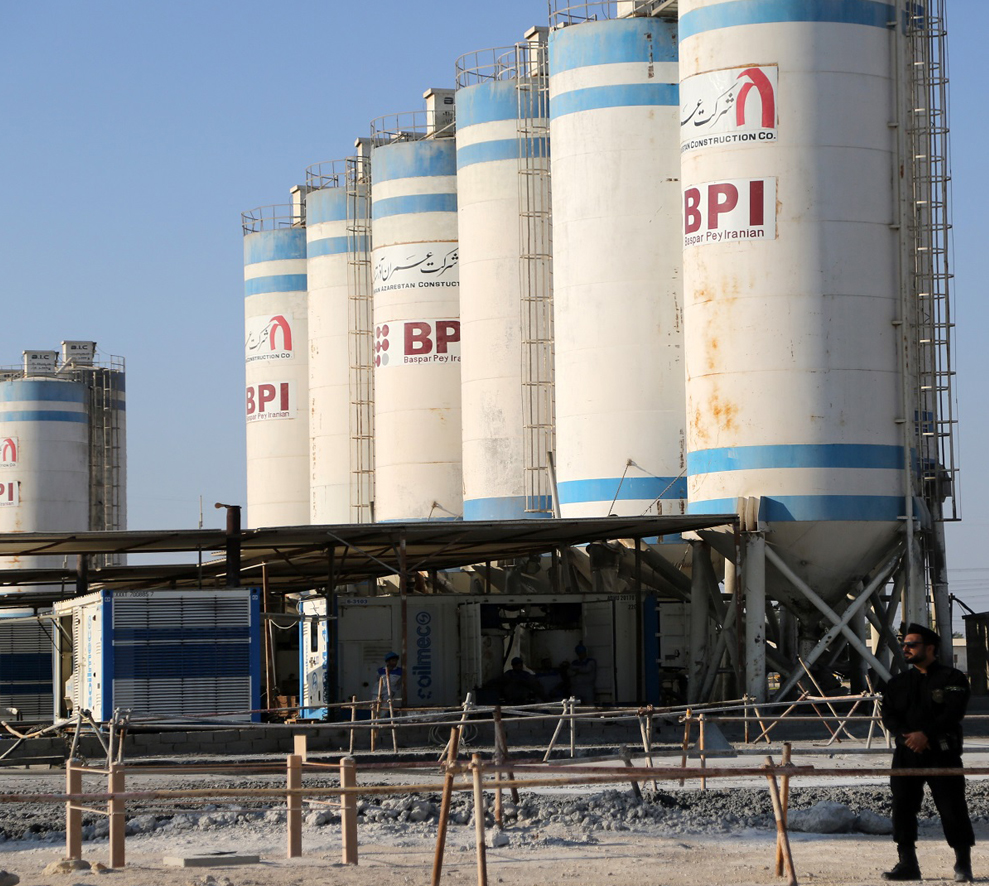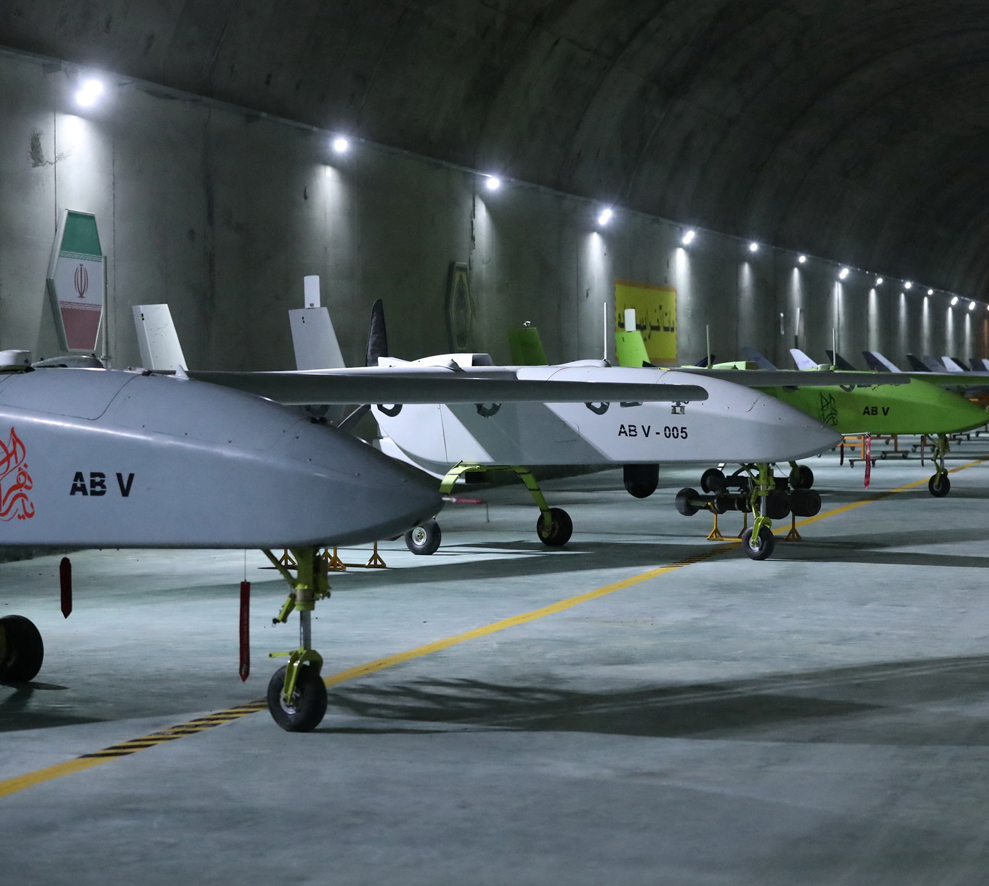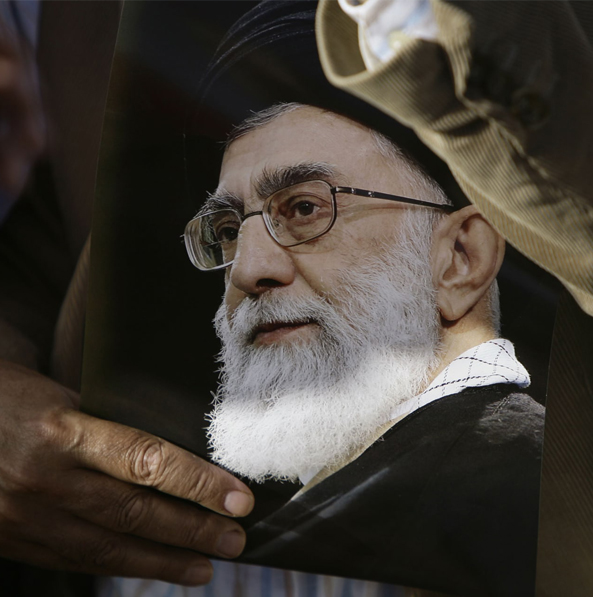Introduction
Statements from Vienna talks parties, on the Iran nuclear deal, have several indications concerning their chances of success, and the near signing of the Agreement, which might be announced within the next few days or, possibly, weeks. The US State Department spokesperson, Ned Price, sad "We are close to a possible Agreement, but we have not yet reached it". The EU foreign policy chief, Josep Burrell, predicted, that the Agreement between Iran and the major powers, in reaching a mechanism to revive the nuclear deal concluded in 2015; is “very close”.
Contrary to those indicators and other unmentioned ones, there are many obstructions that can halt the progress in the Talks. The Iranian Foreign Minister, Hossein Amir Abdullahian, said on March 16 that there are "two issues" that delay the completion of a joint understanding between Iran and the United States, and other reports report on 30% of the issues still pending between the two countries. Among these issues and topics, they are particularly critical at the internal and external levels of the two States, and may be important in delaying or obstructing an Agreement.
Accordingly, this paper provides a reading of the nature of the indicators, and the intensive talks on the nuclear Agreement. This paper reviews the achieved understandings,
and the obstacles capable of undermining the future understandings and scenarios.
Understandings between Washington and Tehran
It is clear that there are many agreed upon understandings by the countries participating in the Vienna talks, particularly in its main issue of preventing Iran from acquiring a nuclear weapon, and Iran’s commitment to specific uranium enrichment rates that correspond to civilian purposes. "Iran will never have a nuclear weapon," U.S. Secretary of State, Anthony Blinken, hinted at a press conference with Israeli Foreign Minister Yair Lapid.
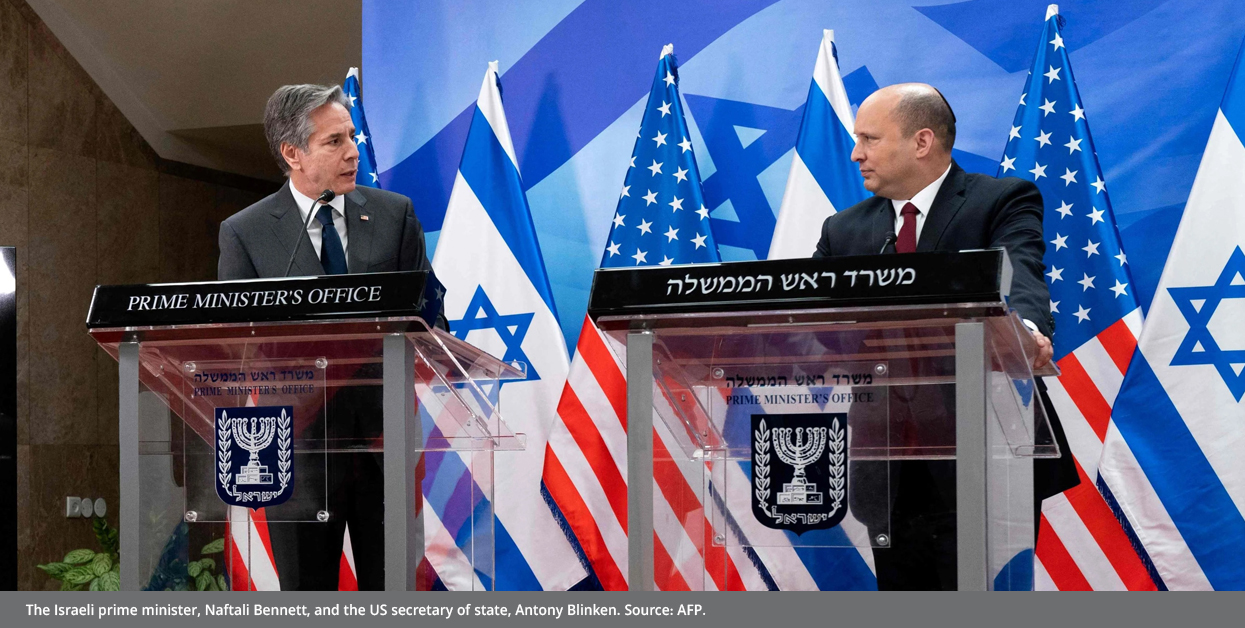
Meanwhile, the limits of the understandings reached in Iran's missile program, and its regional behavior remain undeclared or known so far. It is also unclear whether the talks covered these two points, and whether they are or not included by the expected Agreement.
Although several controversial issues remain unresolved, it is estimated that the success of the Vienna talks is certain, given the urgent need for its parties to conclude this file, for it became a strategic target for both Tehran and Washington. President Joe Biden's administration is seeking to present this Agreement as a winning card, supporting the Democratic Party ahead of the November 8 midterm elections. This comes at a time when Biden's administration is facing a marked decline, based on the indicators by the Americans' support for his national policies, which have reached their lowest level of 40% since he took office, according to the latest surveys.
Biden, on the other hand, needs the nuclear deal to serve Washington's strategic requirements in the face of both China and Russia. The Ukraine crisis resulted a U.S. effort to speed up this Agreement, as the Us administration is moving to expand sanctions on Russia, particularly with regard to Russian petroleum and gas exports.
For Iran, its chief negotiator, Ali Bagheri Kani, described the Vienna negotiations, just before they began, as "negotiations aimed at removing sanctions" As part of the "extreme pressure" campaign imposed by former U.S. President Donald Trump's administration, and had a negative impact on Iran's economy. Iran hopes to restore its petroleum exports, especially in light of the opportunity for global petroleum markets to increase production, in addition to Europe's seeking for alternatives to Russian petroleum sources, while other petroleum producers in the Arab Gulf (Saudi Arabia and the United Arab Emirates are reticent to increase petroleum production in compliance with OPEC Agreements.
Obstacles Facing Implementing the Agreement
The implementation of the Agreement faces many obstacles at the U.S. and Iranian levels, as well as the positions of Arab states and Israel, with signs of forming a regional opposing coalition. However, the most prominent obstacle that constitutes a common factor for all the forces involved in the Agreement, is that the Agreement comes in contexts of mistrust between its parties, whether in terms of Tehran's commitment to its pledges, or obtaining U.S. assurances not to withdraw from the Agreement again. In addition to facing an internal opposition path, the parties do not see the Agreement as a national priority or need.
United States of America
The administration is facing a flood of domestic accusations, accusing it by rushing to reach an Agreement with Tehran. The tone against the Agreement increased in light of several closely signed indicators, with 49 of the 50 Republican senators recently pledging to oppose the pending deal, while many Democrats are refusing to return to the previous nuclear deal. The 2015 nuclear deal was counter-voted by four Senate Democrats, including current Senate Majority Leader Charles Schumer.
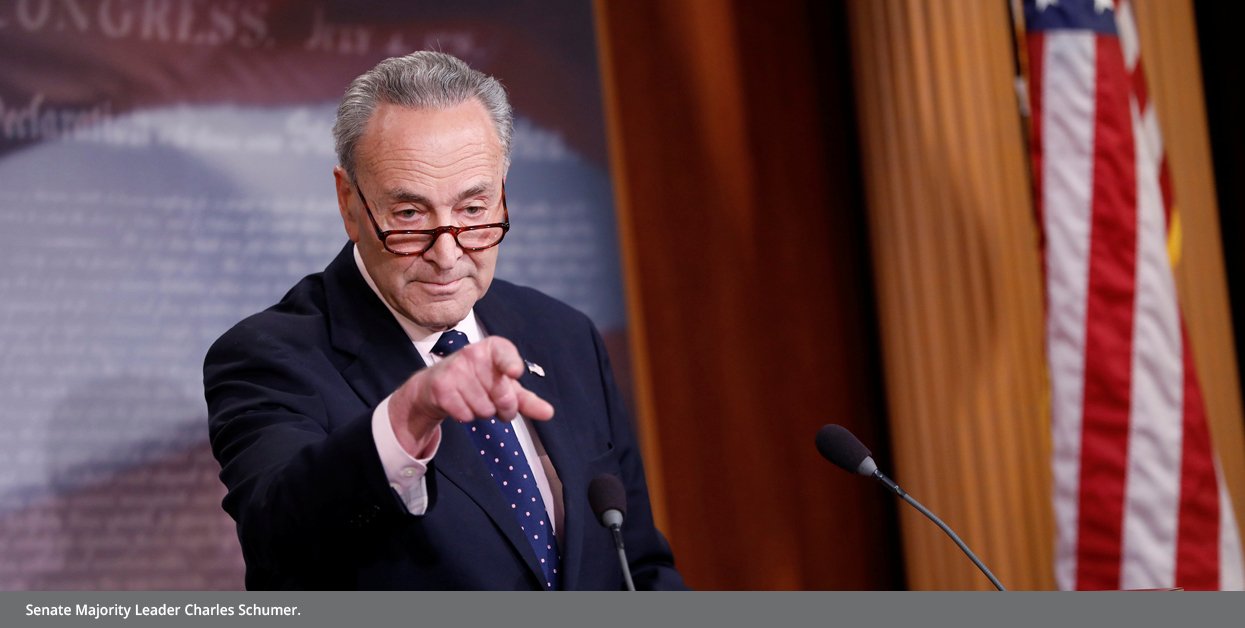
For them and for others, it is unclear whether a potential nuclear deal will actually prevent Iran from continuing its nuclear program, particularly since it has not provided sufficient guarantees to allow the IAEA access to its sites when the agency request that. In addition, the Agreement could result in what POLITICO calls an "egg and chicken" scenario, where Iran refuses to return to compliance until the United States lifts sanctions, and the United States refuses to lift sanctions until Iran re-complies. This is in addition to whether the nuclear deal will restrict Iran's missile program or determine its regional behavior.
While the U.S administration is seeking to reassure the interior and allies that it learned its lesson from previous experience in 2015, when Tehran spent billions released to develop its missile program, and support armed groups in the region.
IRAN
There are several indications that Iran's interior is divided over a return to the nuclear deal with the United States, particularly within the ruling conservative movement itself. Although the Iranian president Raisi, made his electoral victory as a candidate supported by the Iranian leader, Iran's political scene is undergoing a movement which cannot be underestimated, led by conservative figures with a considerable legacy and political influence. Iranian mass media published details of a letter from Said Jalili, Leader Ali Khamenei's representative to the Supreme National Security Council, according to him, the Leader is opposing the Vienna talks, and criticizing Iran's negotiating team.
On the other hand, the objective of Iran's negotiating team to adhere to its demands cannot be underestimated; The Revolutionary Guards and the Quds Force removal from the US terrorism list, given the great role the latter plays on the domestic scene. and its effectiveness in foreign policy. In addition, the fact that any guarantees offered by the Iranian negotiating team, to change the regional behavior - if any - will not be sufficient; for large part of the region -oriented foreign policy is carried out through non-governmental channels, but directly carried out by the Revolutionary Guards. In the same goes regarding the Iranian missile and drone program.
Even if the opinion were true, that understandings on the above-mentioned issues should be subject to a secret solution, which the parties would not declare the content thereof, there will be a problem at home in Iran, which could harm the historical narrative that related the legitimacy of the Iranian regime to the role of the Revolutionary Guard in its military, political, and economic dimensions.
The Regional Stand
Region's countries fear that reviving the nuclear deal could be reflected on the nature of Iranian behavior in the region. It is clear that the repercussions of the 2015 Agreement were reflected in a further escalation in the region. Since region's states remain skeptical that the current course of the Vienna negotiations, is an opportunity to correct the mistakes and shortcomings of the previous Agreement.
In this context, it is possible to understand the heavy diplomatic movement taking place in the region, in which we may read the signs of a regional alliance against Iran, opposing any Agreement with it, such as: the tripartite meeting between the Egyptian president, the Israeli prime minister, and the Crown Prince of Abu Dhabi, the Arab quartet meeting in Aqaba, which included His Majesty King Abdullah II, Crown Prince Mohammed bin Zayed of Abu Dhabi, Egyptian President Abdel Fattah al-Sisi, Iraqi Prime Minister Mustafa Al-Kadhimi. And the Naqab Meeting, that included the foreign ministers of the United States, Israel, Morocco, and Egypt, Bahrain and the United Arab Emirates.
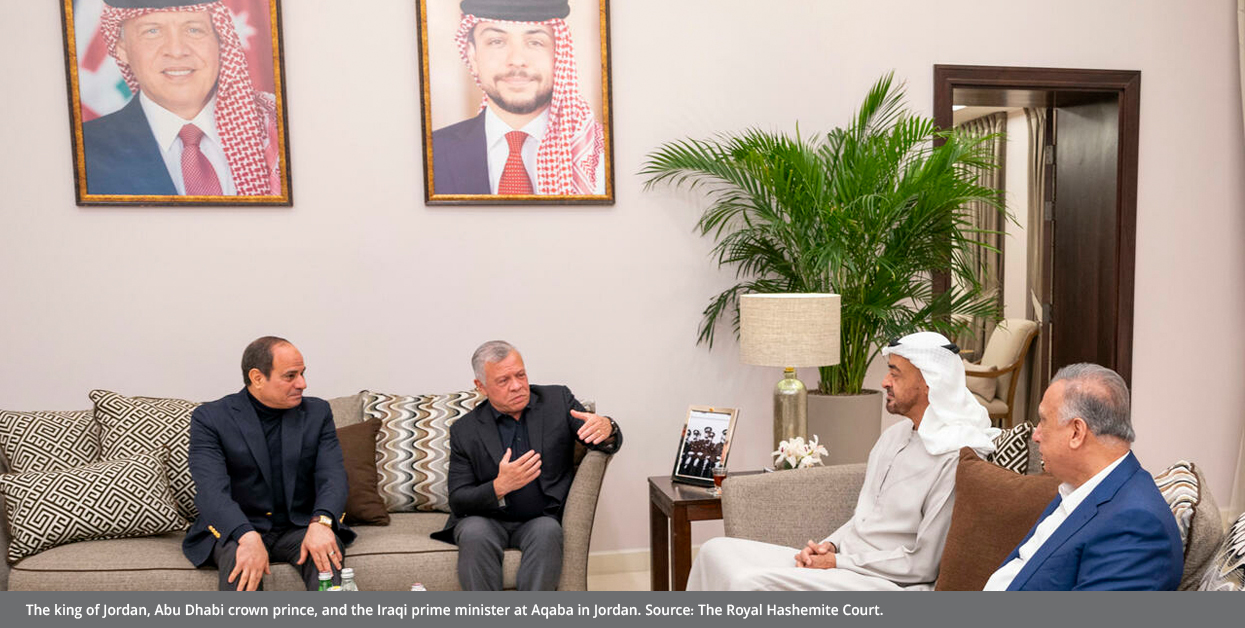
Agreement's Future Scenarios
There are many scenarios for the period after the new nuclear Agreement would come into force, or the previous Agreement announcement of revival, including the possibility that its parties will adhere to its contents, clearly and in a predetermined manner, or maintain post-Agreement concessions. In this case, the escalatory rhetoric of both sides will continue in Washington and Tehran. Certainly, it will remain a "fragile Agreement", within the aforementioned dilemma of "the egg and the chicken", which may be accompanied by a rise in internal and external voices opposing the Agreement, the matter which could undermine the understandings achieved in Vienna and bring it back to point zero.
So far, the primitive data released from the negotiations, indicate that Iran insists on lifting sanctions first, and then committing. While the United States wants to the contrary, as well as the former sticking to its demands to remove the Revolutionary Guard from the U.S. terrorism list, which may indicate Iran's intention to continue its regional behavior, based on a strategic assessment that bets on U.S. weakness, and the transfer of the US military momentum to the South China Sea. These Iranian intentions can be deducted by regarding the behavior of the armed groups supported by Iran, as the Houthi Ansarullah group in Yemen continues to escalate, internally and externally. Also, U.S. facilities in Iraq and Syria remain vulnerable to attacks. While these groups are active in a new level of escalation, under the cover of cross-border drug cartels.
Therefore, the deep doubts regarding the Agreement's nature, content, and comprehensiveness, created repercussions even before stating them, and found two alliances:
The First: An international alliance, which has not yet been formed, including Russia and China. The Russian-Ukrainian war revealed new shifts, indicating that Iran could compensate its cooperation with Russia with a European cooperation, and even with American alternatives, given what Iran is suffering s a result of the Western sanctions, Tehran may even benefit from those sanctions, by Iran's petroleum being the replacement of the Russian petroleum and gas to Europe.
The Second: A regional alliance, comprising of Gulf states, particularly Saudi Arabia, the United Arab Emirates, and Bahrain, as well as Egypt, Morocco, and Israel. Based on strategic calculations, Turkey, Jordan, and Sudan are likely to join such alliance at a later stage, with joint factor of addressing doubts concerning the contents of the Agreement, including the reality of U.S. positions toward its strategic allies in the region, and conventions that Iran will never cease interfering in the region, via carrying on supporting armed groups in the region.
In conclusion, the indicators demonstrate that the world will see success for the Vienna talks, and that the entire understandings between Washington and Tehran will lead to the signing of a nuclear Agreement, whether creating a new Agreement, new or returning to the previous Agreement.
However, the Agreement will remain doubted and opposed by internal actors in both the United States and Iran, as well as by regional powers, seeing the Agreement as a prelude to negative Iranian activity in the region, where Iran would take the advantage of the expected financial flows of finance, so that it would finance its activities and policies, in a manner similar to the post-signing phase of the 2015 nuclear deal.
Despite the U.S. diplomatic activity in the Middle East, that seeks to pacify the allies, and provide them with guarantees, the most prominent and influential opposition to the Agreement, continues to come from within Iran and the United States, and even from the political elites of both the ruling parties and currents, which could put greater pressure on the level of concessions required by each party.
In general, the parties of Vienna talks found themselves governed by a series of internal and external circumstances, which intensified the dialogue sessions and doubled the likely estimates of the near conclusion of the Agreement. At a time when substantive issues remain unresolved between its parties, it is unlikely that any party will compromise on them, likely to be a preliminary Agreement that can be described as "weak and fragile".
The opinions expressed in this study are those of the author. In no way does Strategiecs take responsibility for the views and positions of its author on security, economic, political, social, and other issues, and such views and/or positions do not reflect those of Strategiecs.
Keep in touch
In-depth analyses delivered weekly.

Related Analyses:







